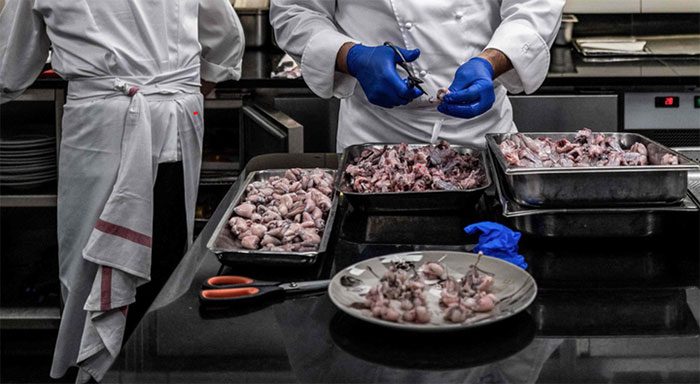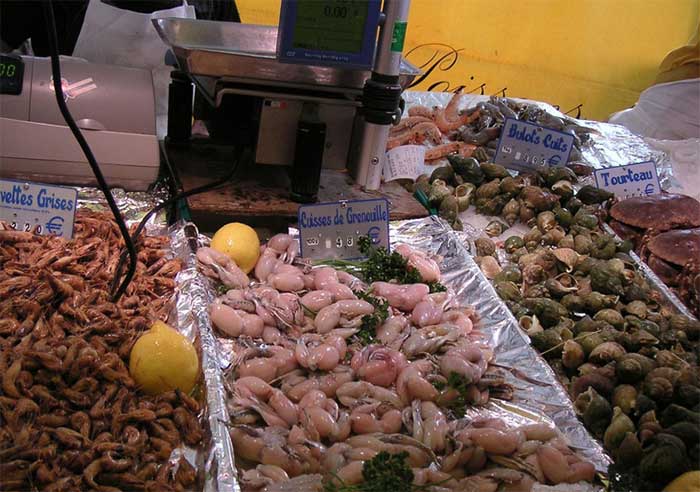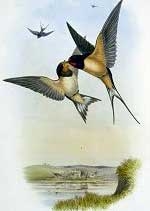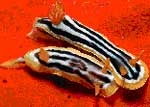The increasing demand for frog meat in Europe poses a threat to the population and diversity of this species on the continent, as well as in many other parts of the world.
Since the 1980s, wild frogs have been hunted in large numbers in Europe, leading to their apparent local extinction. The European Union (EU) had to impose a ban on the trade of frogs within its borders.

A chef preparing frog meat in France – (Photo: JEFF PACHOUD/AFP)
Nevertheless, suppliers continue to meet the demand for frog meat in this continent by legally importing frogs from various other countries.
According to studies, it is estimated that from 2010 to 2019, Europe imported 40.7 million kilograms of frog legs, equivalent to over 2 billion frogs killed for meat.
Belgium is the largest importer of frog legs (28,430 tons from 2010-2019) but subsequently exports three-quarters of that amount to France. France imported 6,790 tons of frog legs from countries outside Europe (accounting for 16.6% of the total frog leg imports of the EU).
Following Belgium is the Netherlands with 2,620 tons (6.4%), Italy with 1,790 tons (4.3%), and Spain with 923.4 tons (2.2%).
The majority of frogs imported into Europe come from Indonesia, Albania, and Turkey.
Threatened Species of Frogs
According to a study published in the conservation journal Nature Conservation, millions of frogs are killed each year for food, putting this amphibian species at risk both locally and globally.
“Frogs are inherently sensitive to pollution, climate crises, and fungi. Europe’s high consumption of frog meat increasingly diminishes frog populations in many countries,” said Sandra Altherr, a member of the research team and co-founder of the conservation organization Pro Wildlife (Germany), as quoted by National Geographic.
Not only are frogs threatened in terms of population, but they are also at risk in terms of species.
As reported by National Geographic, there are at least 190 species of frogs being traded worldwide. However, this is still just an estimate as frog species are often misidentified. A study conducted in 2017 analyzed the DNA of frog legs obtained from stores in France and found that 206 out of 209 samples labeled as giant Java frogs were not actually of that species.
Among the frog species confirmed in the study, 58 are classified as endangered by the International Union for Conservation of Nature (IUCN), with 10 species critically endangered.

Frog meat for sale in France – (Photo: COURTHOUSE NEWS).
The decline in both population and species also affects the frog meat export industry in the affected countries.
Indonesia has had to switch from large frog species to smaller and more commonly found crab-eating frogs. In Albania, overexploitation has led the Albanian frog species to be nearly extinct. According to studies, the Anatolian frog endemic to southern Turkey is projected to go extinct by 2023 if current levels of exploitation continue.
Researchers have also discovered that frog legs are sometimes harvested by cutting off the legs while the frogs are still alive, leaving the rest of the body behind.
“Anyone who wants to eat this dish should be aware of the extreme cruelty behind it,” Altherr stated.
Europe Should Take Responsibility
Only two frog species are listed in the meat harvesting regulations of the Convention on International Trade in Endangered Species of Wild Fauna and Flora (CITES). In 1985, CITES protected the trade of two frog species that were experiencing population declines in India and Bangladesh due to over-export to Europe.
“No actions have been taken since then to control the trade of the remaining species,” said Mark Auliya, a herpetologist at the Leibniz Institute for the Analysis of Biodiversity Change in Bonn, Germany, and co-author of the study, to National Geographic.
Researchers have also proposed numerous solutions to address transparency and sustainability issues in the frog meat trade. For instance, European countries should make trade and import decisions based on scientific assessments of the populations and risks faced by frog species.
Additionally, European countries should establish humane criteria for handling frogs, testing for pesticide levels in frog meat to protect consumers. The number of frogs that die during transport and processing should also be accounted for.
Annemarie Ohler, a frog expert at the National Museum of Natural History in Paris, told National Geographic that without the involvement of the EU, nothing will change.





















































